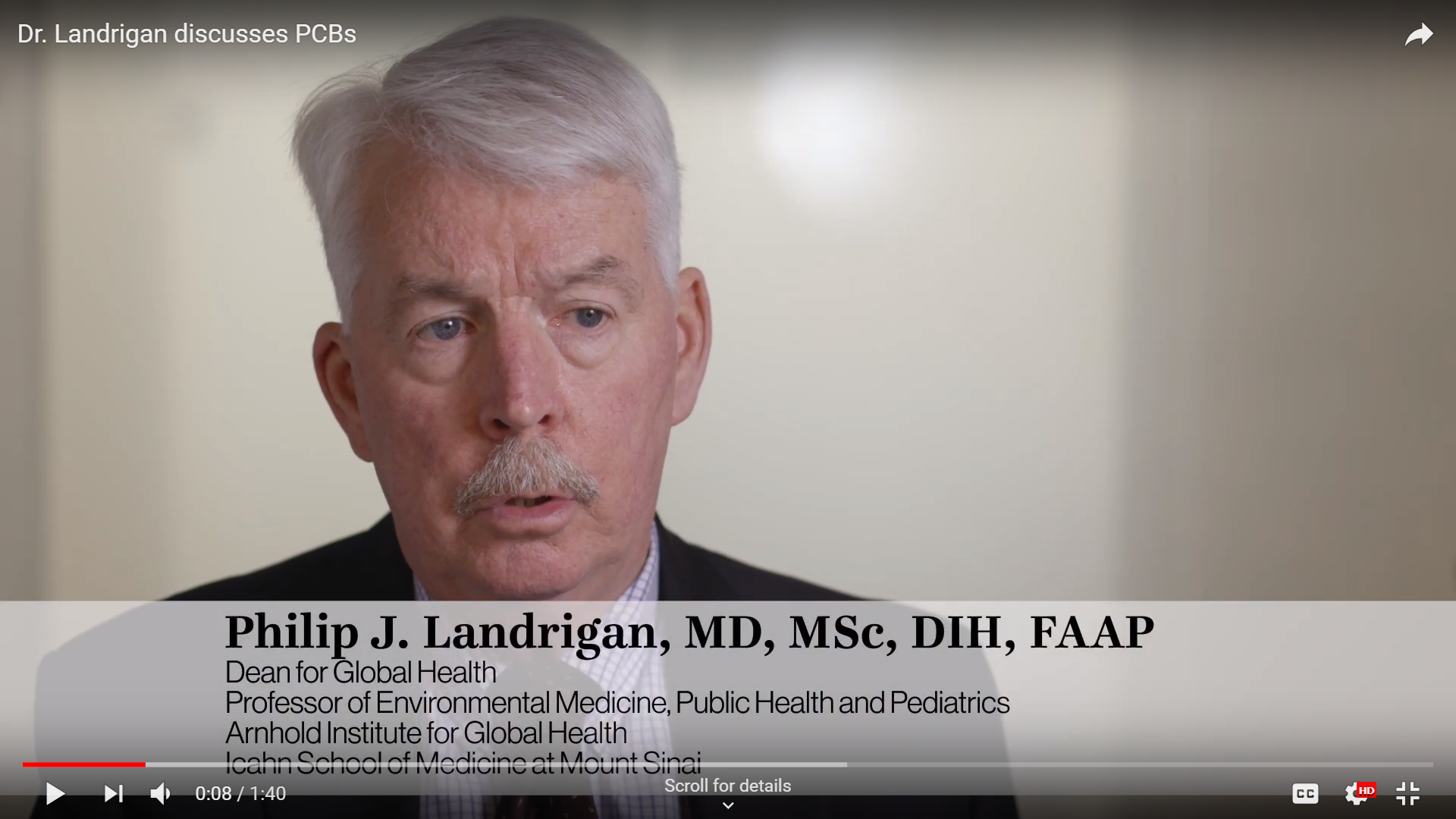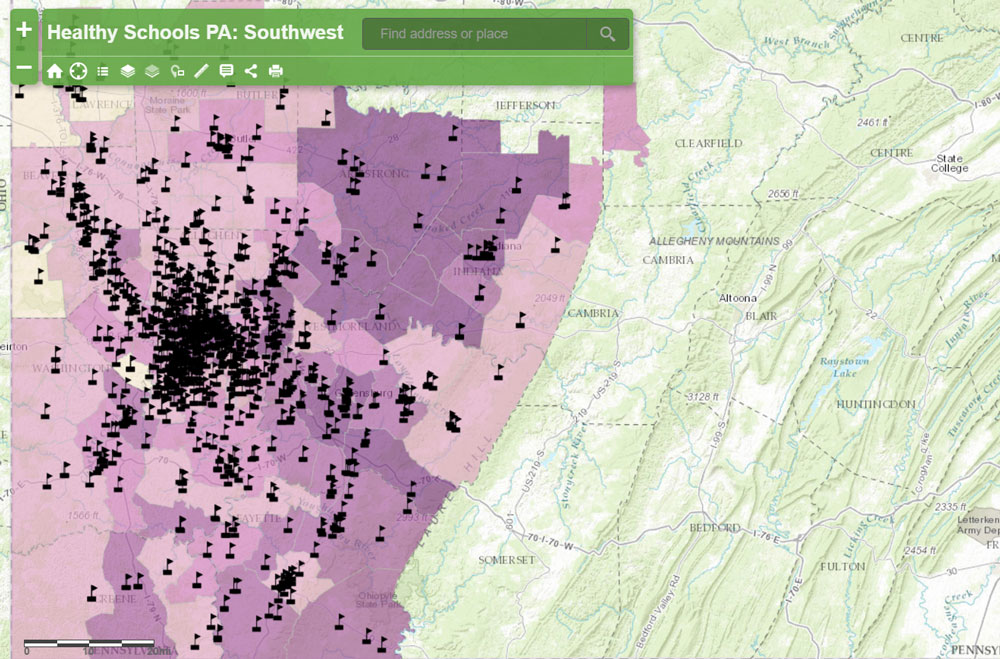
Best Practices for Controlling Infection Spread in Schools
We are sharing this information to help schools plan, prepare, and respond in the case of an infectious disease outbreak.
What is COVID-19?
COVID-19 is a respiratory illness caused by a novel (new) virus, and we are learning more about it every day. There is currently no vaccine to protect against COVID-19. At this point, the best way to prevent infection is to avoid being exposed to the virus that causes it. Stopping transmission (spread) of the virus through everyday practices is the best way to keep people healthy. More information on COVID-19 is available here.
The CDC reports that schools should take the following steps to prepare their facilities to act in case of a reported COVID-19 case in their community.
- Review, update, and implement emergency operating plans (EOPs).
- Develop with information-sharing partners, such as primary care clinics, local health departments, and hospital systems.
- Monitor and plan for absenteeism of students and staff.
- Establish procedures for students and staff who are sick at school.
- Perform routine environmental cleaning.
- Create communications plans for use with your school community.
For more in-depth information, read the Centers for Disease Control’s full guidance here.
Hand-washing remains the best preventive hygiene practice. If using hand sanitizer, please choose 60% or higher alcohol content.


News
Meet Our New KEYS Americorps Member, Kelsea!
Hi everyone, my name is Kelsea and I am very excited to be a part of the Women for a…
Read MoreTaking Action on Childhood Cancer Prevention
For the last 50 years, the incidence of childhood cancer has been steadily rising in the United States. The amount…
Read MoreIntroducing our Healthy Schools Advisory Board members!
Every year, we have the absolute honor and pleasure of inviting stakeholders who represent the school communities we serve to…
Read MoreExternal Threats
Are your kids at risk? Numerous potential environmental hazards lurk from industrial and power plant emissions, gas wells, compressor stations, mining operations, and active rail lines. More than 336,000 children are impacted by these environmental hazards across 128 school districts in 674 public school buildings in the 10-county Southwestern Pennsylvania region.

Success Stories
Scores of schools and school districts across our region are taking positive steps to help their students thrive in healthier environments. From testing for radon to cleaning green, discover how teachers, staff, and parents are working together to bring about positive change.
One Simple Step
That You Can Take TODAY To Make Schools Healthy
Limit Bus Idling to Only Five Minutes
Air pollution caused by bus idling enters the school building through open doors and windows. Children are especially vulnerable to the toxic effects of diesel exhaust because their respiratory systems are not fully developed.



